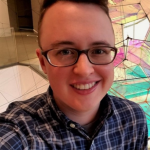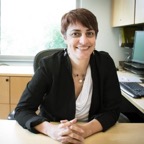Since the mid-2000s, the U.S. maker movement has heralded the ‘democratization’ of tools and skills needed for innovation (Autodesk 2012; Cavalcanti 2013; Deloitte 2015; Dubrow 2015b; Kalil, Patel, and Miller 2014; SBS Viceland 2017; Obama White House 2014, 2016). Considering its involvement of old and new technologies (e.g., blacksmithing, 3D printing), various settings (e.g., urban, rural, educational, community), and identity groups (e.g., class, race), the maker movement is well poised to engage historically and systematically minoritized groups in engineering. However, maker communities perpetuate exclusionary practices, replicating power dynamics often seen in engineering and catering more to white, male, cisgender, heterosexual, middle-class, abled hobbyists (Chachra 2015; Foster 2017; Masters 2018; Vossoughi, Hooper, and Escudé 2016). Still, some makerspaces engage individuals who are homeless (Make: 2015), low-income (CSW 2014; Station North Tool Library n.d.), LGBTQ+ (DeCusatis, Horacek, and Harihareswara n.d.; Liberating Ourselves Locally 2012), people of color (Craddock 2015; Open Works n.d.), from rural communities (CSW 2014; Floyd CFA n.d.), and disabled (Dubrow 2015a; McGinnis 2014). This project considers how diverse makerspaces are conceived, constructed, and operated to actively involve groups traditionally minoritized in STEM. Using participatory action research (PAR), we seek to identify practices to inform the design and implementation of makerspaces yet to achieve diversity.
AUTHORS
 |
 |
 |
 |
 |